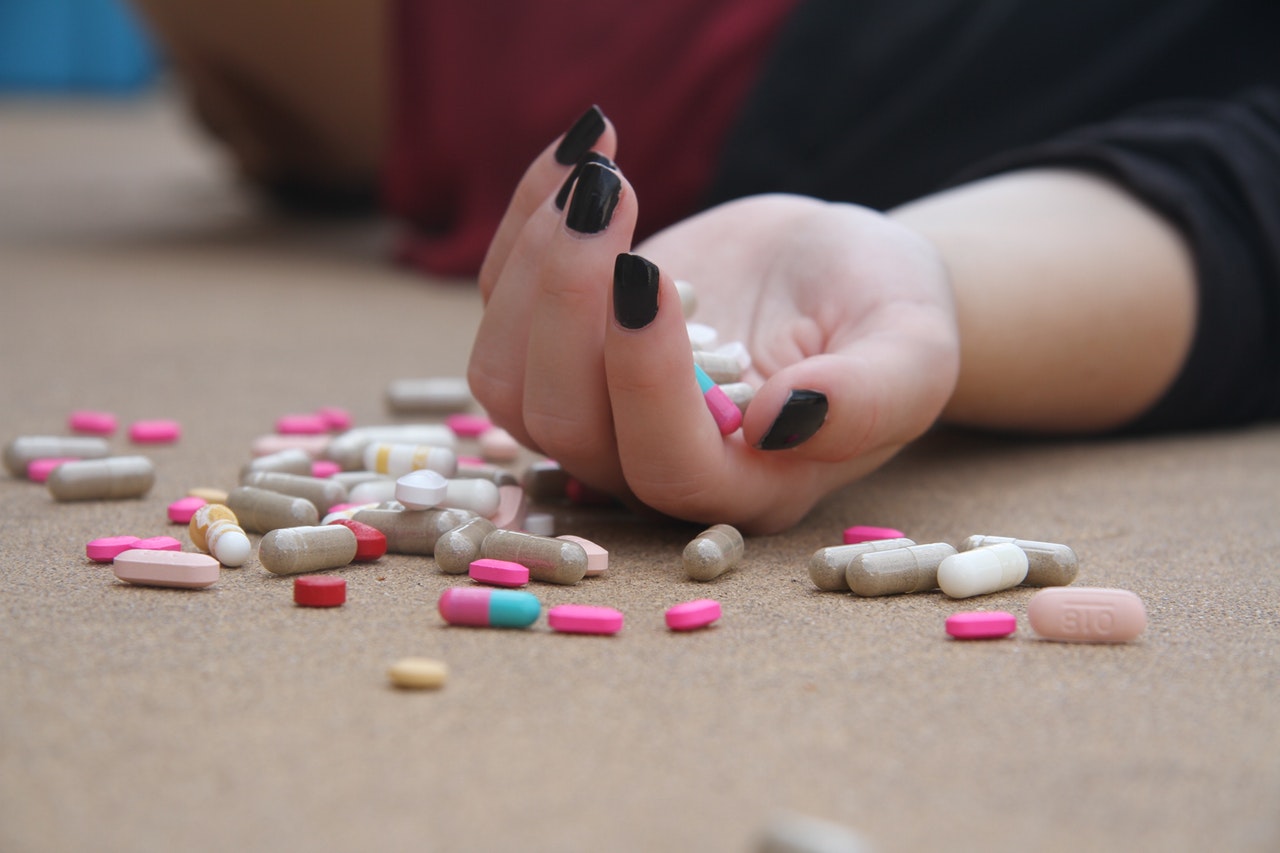Sign up for our information-filled email newsletter

What Drugs Really Do to Teens: Brains

“This is your brain on drugs.”
An iconic ad campaign that influenced an entire generation of young people. But what do drugs really do to your brain when you’re a teen? Welcome to the first in our series about how drugs affect teen bodies.
When drugs enter the brain, they inhibit natural functions and development, and can ultimately lead to changes in how well the brain works. To understand the effect that drugs have on adolescents, it’s important to realize that teenagers are not just smaller, less-experienced adults; Neuroscientists have reported for years that the human brain is not fully mature until around the age of 25.[1]
Different drugs work on the brain in different ways because of their chemical structures. Marijuana is the most commonly used illicit drug in the U.S. with upwards of 11 million young adults ages 18-25 using in 2015.[2] THC, the primary psychoactive component of cannabis, overstimulates receptors in the brain that react naturally to chemicals similar to this chemical in marijuana. This overreaction is key in creating the high that people experience.[3]
Some short-term brain-related effects of marijuana are:[4]
• Temporary memory loss
• Altered perception of time
• Difficulties thinking or problem-solving
According to Staci Gruber, PhD, a neuroscientist and director of the Cognitive and Clinical Neuroimaging Core and the Marijuana Investigations for Neuroscientific Discovery (MIND) Program at McLean Hospital/Harvard Medical School, there are reasons to believe that adolescents may be exceptionally vulnerable to lasting damage from marijuana use at least until their early to mid-20s. “The brain is still under construction,” she explains.
The teenage mind is still developing physically, intellectually and emotionally. The frontal lobe of the brain, an area associated with “planning, inhibition, emotion regulation, and integration of novel stimuli,” goes through extensive development during puberty.[5] As teens mature, they are going through a crucial developmental stage when they are not only learning to make sound judgments but are also sensitive to psychoactive substances.[6] This can be a dangerous combination.
Our brains are hardwired to ensure that we’ll repeat specific actions by connecting those activities (like eating and sleeping) with a reward – feeling good – by releasing a chemical called dopamine. Dopamine, a neurotransmitter, is associated with the motivation aspect of reward-motivated behavior and links parts of the brain together that are home to personality, decision-making and social conduct.
Stimulants like meth and cocaine, the second most commonly used category of drugs in teens, also create a rush of dopamine in the brain.[7] These drugs can be destructive not only to intellectual development but also to the fundamental ability of a user to feel contentment and satisfaction.[8] Because they hamper the brain’s ability to sense rewards correctly in everyday life, it is believed that alterations in neurotransmitter function are involved in substance addiction.
Some short-term brain-related effects of meth are:[9]
• Increased energy and mania
• Insomnia
• Paranoia
• Obsessive focus on performing repetitive actions
Some short-term brain-related effects of cocaine are:[10]
• Feelings of euphoria
• Increased energy
• Inflated self-esteem
• Elevated mood
Adolescents are at risk of substance addiction from drug use more than any other age. And, more than any other age group, teens risk long-term “intellectual and emotional damage” as a result of abusing drugs.[11]
Pride Surveys developed its Risk and Protective Factor (RPF) student perception survey, a hybrid version of the Communities That Care (CTC) Youth Survey and the Pride Questionnaire for Grades 6 to 12 to measure the factors that show the strongest correlation to drug use. It contains the updated Core Measures required by the Substance Abuse and Mental Health Services Administration (SAMHSA) for their Drug-Free Communities Grant that went into effect February 2013 and asks about incidences of alcohol, tobacco, and other drug use plus perceptions of availability and disapproval of use from parents and friends.
The benefit of choosing a survey company is that we take the guesswork out of the surveying process to ask the difficult questions. For more than thirty years, Pride Surveys has been helping schools collect data on teen substance abuse perceptions and drug use trends in their communities through scalable survey products. We offer multiple drug-free community survey options as well as student risk perception surveys designed to help assess teen substance abuse and risk, including our student surveys for grades 6-12, and our supplemental surveys like the Drug-Free Community Survey Supplement.
Browse the different types of scalable student surveys we offer and find out why Pride Surveys is the best choice to help you survey your school. Questions? Give us a call at 800-279-6361 or contact us here.
[1] “Adolescent Maturity and the Brain: The Promise and Pitfalls of Neuroscience Research in Adolescent Health Policy.” Retrieved 19 March 2018 at https://www.ncbi.nlm.nih.gov/pmc/articles/PMC2892678/
[2] “Substance Abuse Center for Behavioral Health Statistics and Quality. Results from the 2015 National Survey on Drug Use and Health.” Retrieved 19 March 2018 at https://www.samhsa.gov/data/sites/default/files/NSDUH-DetTabs-2015/NSDUH-DetTabs-2015/NSDUH-DetTabs-2015.pdf
[3] “What is marijuana?” Retrieved 19 March 2018 at https://www.drugabuse.gov/publications/drugfacts/marijuana#ref
[4] “The Effects of Marijuana Use.” Retrieved 19 March 2018 at https://drugabuse.com/library/the-effects-of-marijuana-use/
[5] “The Influence of Substance Use on Adolescent Brain Development.” Retrieved 19 March 2018 at https://www.ncbi.nlm.nih.gov/pmc/articles/PMC2827693/
[6] “The Effects of Drugs and Alcohol On the Adolescent Brain.” Retrieved 19 March 2018 at http://www.samafoundation.org/the-effects-of-drugs-and-alcohol-on-the-adolescent-brain.html
[7] ibid
[8] ibid
[9] “The Effects of Meth Use.” Retrieved 19 March 2018 at https://drugabuse.com/library/the-effects-of-meth-use/
[10] “The Effects of Cocaine Use.” Retrieved 19 March 2018 at https://drugabuse.com/library/the-effects-of-cocaine-use/
[11] “Adolescent Maturity and the Brain: The Promise and Pitfalls of Neuroscience Research in Adolescent Health Policy.” Retrieved 19 March 2018 at https://www.ncbi.nlm.nih.gov/pmc/articles/PMC2892678/

- The Spike In Teen Alcohol Abuse During Summer And How to Combat It
- Substance Use Prevention in Youth Heading Into Summer
- Substance Use Prevention and Resources
- The Impacts of ADHD on Youth Substance Abuse
- The Positive Impact Community-Led Interventions Can Have on Students




